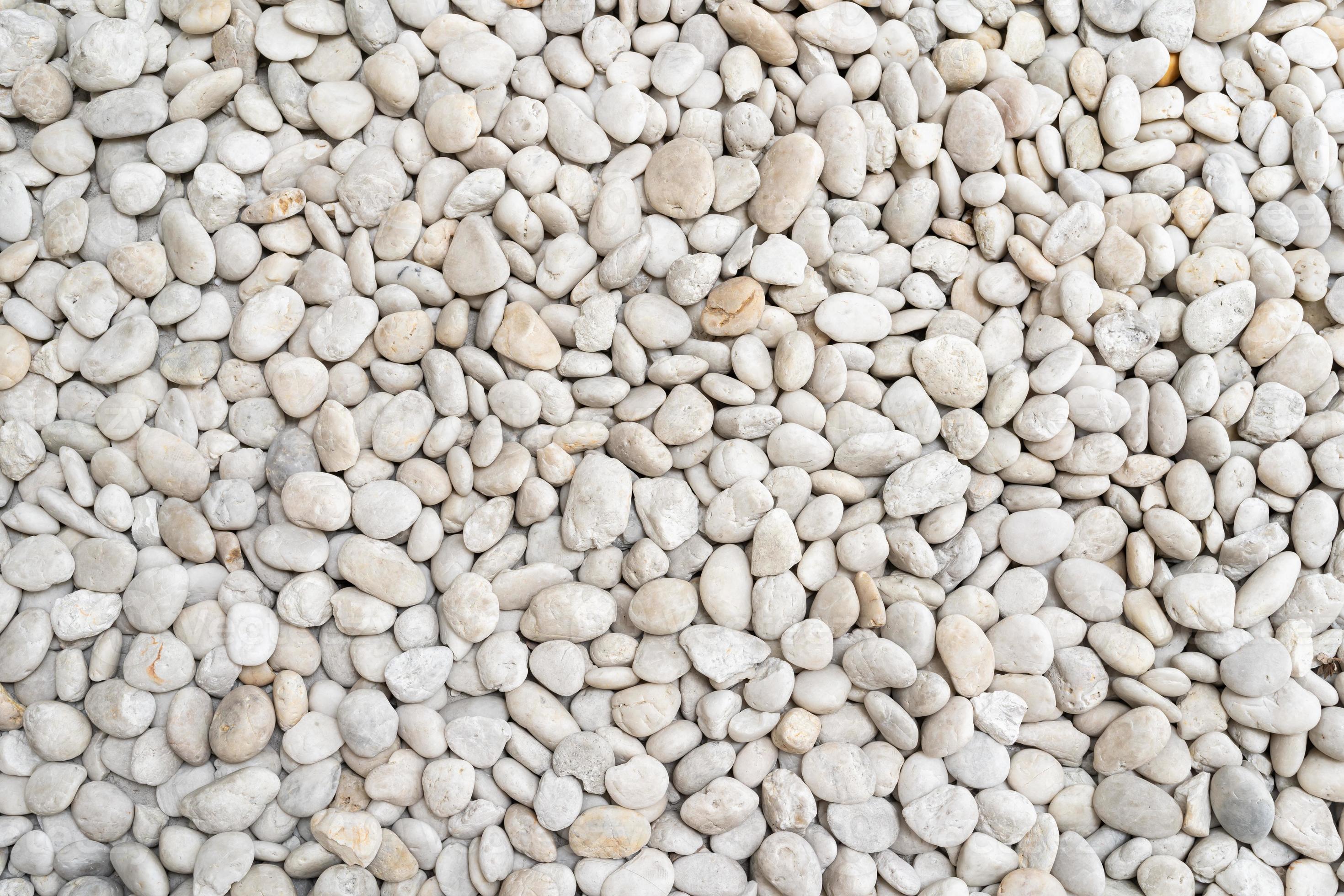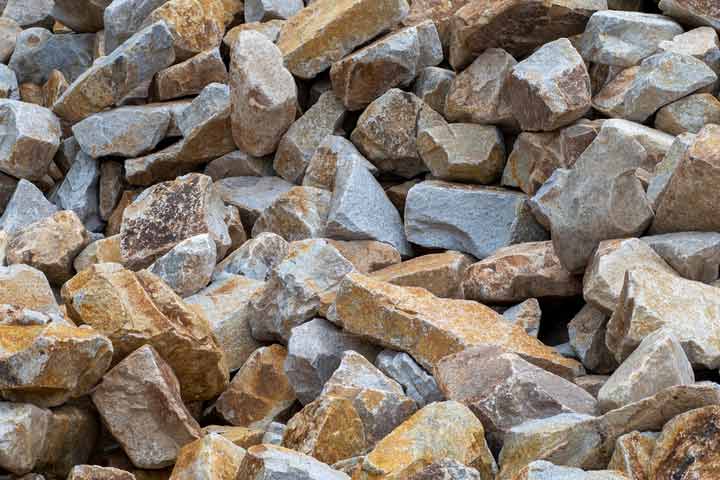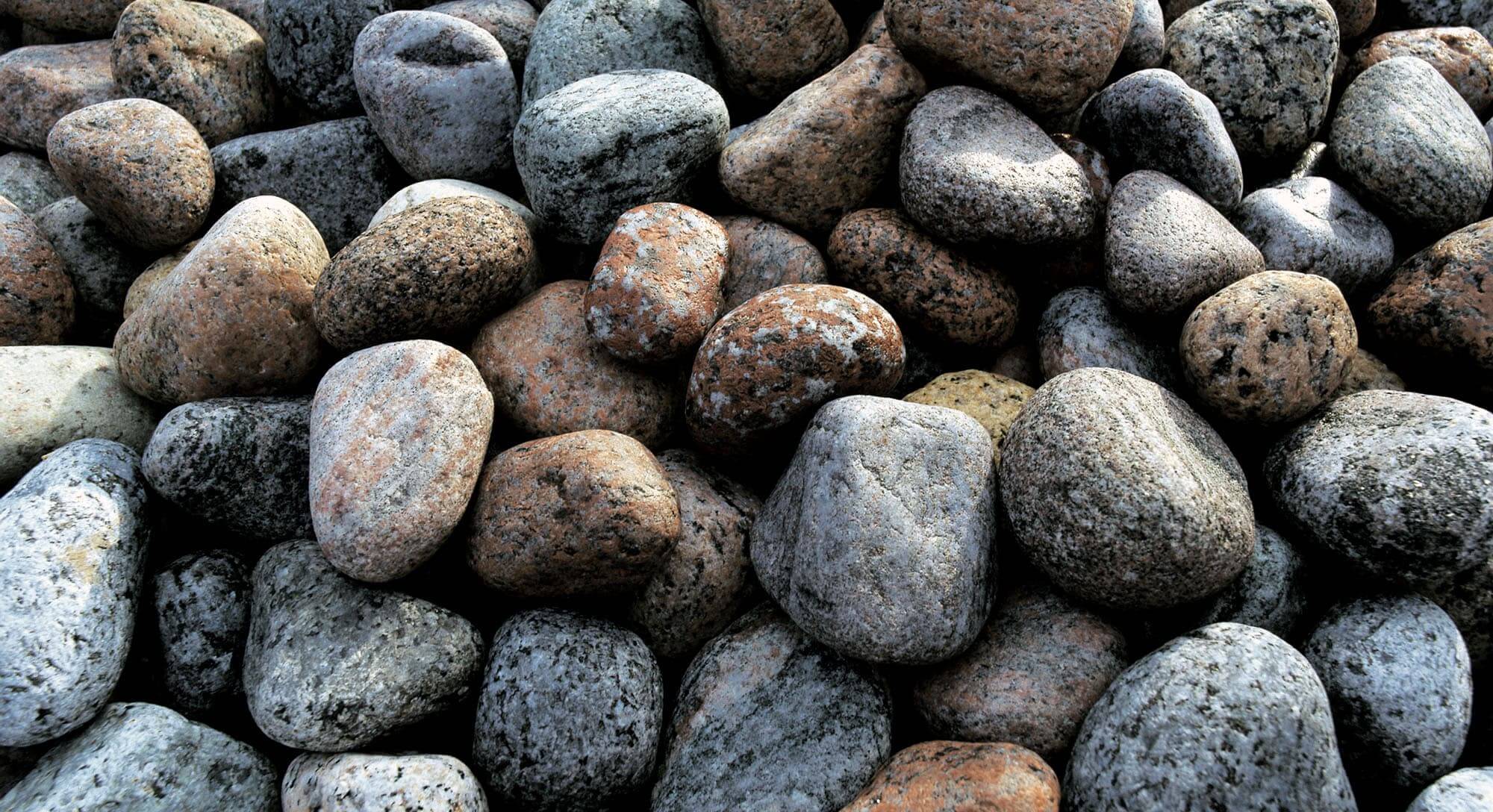Sometimes, it feels like the challenges of socio-economic inequality are just too big to tackle, a bit like trying to move a giant, heavy stone. Yet, there are places, like the Stone Center, that dedicate their efforts to truly figuring out what makes these differences stick around and how we might start to shift things. They really dig into the foundational pieces of our society, the very structures that shape opportunities and outcomes for people, so we can all get a clearer picture of what is going on.
You know, when we talk about things like fairness and everyone having a fair shake, it often comes back to how resources are shared, or maybe not shared, among us. This isn't just about money, though that's a big part of it; it also includes things like access to good schools, healthy food, and safe places to live. The work done by places that look at socio-economic inequality helps us see these patterns, and perhaps, just perhaps, understand the 'building blocks' that create these differences, you know?
What we're going to talk about here is how a place like the Stone Center helps us think about these very important matters, and how, in a way, understanding what a 'stone' is can even give us a fresh perspective on how society is built. We'll look at how they approach understanding why some folks have more chances than others, and what might be done to create a more even playing field for everyone. It's a pretty important conversation, actually.
- Best Remotely Monitor Raspberry Pi
- Rush Hour 3 Cast
- Love Island Couples
- Andy Garcia Net Worth 2025
- Personal Bio
Table of Contents
- What Exactly Is a Stone, Anyway?
- The Stone Center on Socio Economic Inequality - A Closer Look
- How Do Societal Foundations Shape Our Chances?
- Unpacking the Stone Center's Research on Socio Economic Inequality
- Are Some Societal Stones Heavier Than Others?
- Community Building and the Stone Center on Socio Economic Inequality
- What Can We Do to Shift the Landscape of Inequality?
What Exactly Is a Stone, Anyway?
Before we talk about a "Stone Center" and its work on societal fairness, it might be helpful to think about what a "stone" actually means. It's kind of a simple word, but it carries a lot of weight, literally and figuratively, you know? A stone, quite simply, is a hard lump of earthly stuff, or mineral matter, that comes together. It’s like a solid piece of the ground, very, very solid.
When you use the word "stone" in a sentence, it can mean different things, too. You might be talking about a small bit of rock that has come off a bigger piece, or something that has been shaped by nature or people. These small bits are usually smaller than what we call "rocks," and they are often found just lying around. They're often used for building things, or maybe just as a marker, so.
Then there's the idea of something being "made of stone," like a building or a wall. Think about an old dry stone wall, where each piece of rock fits together without any mortar. Each stone in that wall is a piece of rock, a hard, packed mineral mass. The word "stone" often just means a small piece of rock, plain and simple, actually.
Some places, like Stone Source, offer a big selection of things like porcelain and natural stone slabs for different kinds of building projects. They have lots of choices, including marble, granite, and limestone, too. These are all types of natural stone, which has been used for building since way, way back in time. It comes from the ground in the form of rocks, you see.
And then, there's a different kind of stone, the kind that can form inside a person's body, like in their kidneys or gall bladder. These are small, hard balls of minerals and other things, which is a bit of a different meaning altogether, isn't it? But it shows how varied the idea of "stone" can be, almost.
No matter the color or look you might want for a building project, there are places that help with everything from getting ideas to putting up manufactured or natural stone veneer. It’s a material that has been around forever, really, and it helps create things that last. In geology, a rock or a stone is just any solid mass of minerals that occurs naturally. It gets sorted by what minerals are in it and its chemical makeup, which is pretty interesting, I think.
The word "stone" can also just refer to natural rock as a material, especially when it's used for building. And yes, again, stones are typically smaller than rocks, that’s just how it tends to be. You know, even people have names that relate to stone, like Sharon Stone, who grew up in a small town in Pennsylvania. Her father worked in a factory, and her mother was a homemaker, which is a bit of a personal detail about a famous person, apparently.
The Stone Center on Socio Economic Inequality - A Closer Look
So, now that we've thought about what a "stone" is in its various forms, let's connect that idea to a place like the Stone Center. Think of it this way: just as a stone can be a building block, a foundation, or even an obstacle, so too are the structures in our society. The Stone Center, in a way, studies these 'societal stones' that either help people build up their lives or, unfortunately, hold them back. They really look at the core reasons why some people have more opportunities than others, and why those differences seem to stick around. It's a pretty big task, actually.
This center focuses on something very important: socio-economic inequality. This means looking at the differences in wealth, income, education, and health that exist between different groups of people. They want to know why these gaps exist and what can be done to make things fairer for everyone. It's not just about pointing out the problems, but trying to find practical ways to make things better. They are, in essence, trying to understand the very ground we stand on, and how it might be uneven, you know?
Their work often involves deep research, gathering information, and trying to understand the big picture of how our economy and society work together, or sometimes, against each other. They aim to provide insights that can help leaders and communities make better choices, choices that might help smooth out some of those rough patches of inequality. It’s about building a more even foundation for everyone, or at least understanding why the current one is so uneven, in a way.
How Do Societal Foundations Shape Our Chances?
When we talk about societal foundations, we're thinking about the basic rules, systems, and institutions that make up our world. These are like the big, strong stones that everything else is built upon. For instance, the way our education system works, or how healthcare is set up, or even the rules about jobs and wages – these are all part of the foundation. They can either provide a very solid base for everyone to thrive, or they can create cracks and uneven surfaces, which is something the Stone Center on socio economic inequality pays close attention to.
Consider how a strong, well-supported public school system might be a sturdy stone, offering every child a chance to learn and grow, no matter where they live or how much money their family has. But if that 'stone' is weak, if schools are underfunded or not equally available, then it can create a very shaky start for some children, can't it? These foundational elements really do shape the chances people get in life, pretty significantly.
The Stone Center asks big questions about these foundations. They wonder if these 'stones' are laid fairly, or if some groups of people are given much stronger, more polished stones to build with, while others are left with crumbling, unstable ones. It's about understanding how these fundamental pieces of society affect everything else, from someone's health to their ability to find good work and build a secure future. They look at the ways these structures can either support or hinder people's progress, you know?
So, when we think about what shapes a person's life path, it's not just about individual effort. It's also very much about the societal 'stones' that are already in place. The Stone Center helps us see these hidden structures and how they play a part in creating or reducing inequality. They provide the information needed to perhaps rearrange some of these 'stones' for a fairer setup, so.
Unpacking the Stone Center's Research on Socio Economic Inequality
The Stone Center doesn't just talk about these issues; they really dig into them with careful study. They collect lots of information, looking at trends over time and across different groups of people. This helps them see patterns in how money is earned, how wealth is passed down, and how things like education or health outcomes differ based on someone's background. They want to get a very clear picture of the current situation, and how it came to be, you know?
For instance, they might study how changes in job markets affect different income groups, or how policies related to housing or taxes can either widen or narrow the gap between the rich and the poor. They are, in a way, examining the 'composition' of these societal 'stones' – what they are made of, how they've been shaped, and how they interact with each other. This kind of detailed look helps us move beyond just guessing about inequality, to actually understanding it with facts, which is important for the Stone Center on socio economic inequality.
Their findings are often shared with policymakers, community groups, and the public. The idea is to give everyone a better idea of what's really happening, so that decisions can be made based on solid information. It's about shining a light on the hidden forces that contribute to inequality, making them less mysterious and more manageable. They might show, for example, how certain economic shifts affect different parts of the population quite differently, apparently.
They also look at what works. What kinds of programs or policies have actually helped reduce inequality in other places? By studying these successes, they can offer ideas for what might be tried here. It's not just about identifying problems, but about finding paths forward, too. They are trying to find ways to build better foundations for everyone, using what they learn from their investigations, so.
Are Some Societal Stones Heavier Than Others?
This question gets at the heart of why inequality is such a tough issue. It's not just about having less money; it's about how different factors combine to create a much heavier burden for some people. Think of it like trying to build a wall, but some of your stones are much, much heavier, and harder to lift, than others. The Stone Center on socio economic inequality helps us see these different weights and how they affect people's lives.
For example, someone might face challenges not just because of their income, but also because of where they live, or their ethnic background, or their gender. These different aspects can pile up, making it much harder to get ahead. It’s like having several heavy 'stones' stacked against you, rather than just one. The center helps us understand how these different 'weights' interact and compound, which is really quite complex, you know?
They examine how things like discrimination, historical disadvantages, and unequal access to resources create these extra burdens. It’s about recognizing that not everyone starts from the same place, and some people face significantly more uphill battles than others. This kind of insight is crucial for developing solutions that actually address the real-life difficulties people face, very, very crucial.
By understanding which 'stones' are heaviest for which groups, we can start to think about how to lighten the load, or how to provide better tools for lifting them. It might mean focusing on specific policies that address racial disparities, or gender pay gaps, or geographic inequalities. The Stone Center helps us identify where the biggest 'weights' are, so we can focus our efforts where they'll do the most good, actually.
Community Building and the Stone Center on Socio Economic Inequality
While the Stone Center does a lot of academic research, their work also has a lot to do with real communities. After all, inequality isn't just an abstract idea; it plays out in people's daily lives, in neighborhoods, and in towns. They understand that lasting change often comes from people working together, building something better, much like how a community builds a shared space, stone by stone. They are, in a way, helping communities understand their own 'foundations' and how to strengthen them, you know?
Sometimes, the center's research highlights how community-level efforts can make a big difference in reducing inequality. This could involve things like local programs that support small businesses, or initiatives that improve access to healthy food in underserved areas, or efforts to make sure everyone has a fair chance at a good education. These are all ways that communities can lay down stronger 'stones' for their residents, so.
They might also partner with local groups or organizations to share their findings and help apply them in practical ways. It's about taking the big ideas from research and making them useful on the ground, where people live and work. This connection between high-level study and everyday life is really important for making a real impact on socio economic inequality. It’s about building bridges between data and action, apparently.
The Stone Center believes that understanding the 'stones' of inequality is the first step towards building a more equitable society. By working with communities, they help to put that understanding into practice, supporting efforts that build up everyone, not just a few. It’s a bit like providing the blueprint for a stronger, fairer structure, and then helping people gather the right materials to build it, very, very helpful.
What Can We Do to Shift the Landscape of Inequality?
After all this talk about societal 'stones' and the work of places like the Stone Center, a natural question comes up: what can we, as individuals and communities, actually do? It can feel like such a huge issue, but even small actions can start to make a difference, just like one stone can begin a new path. The Stone Center on socio economic inequality provides the information that helps us figure out where to even begin, you know?
One thing we can do is simply learn more. Reading reports, listening to discussions, and understanding the different aspects of inequality helps us see the full picture. This knowledge is like having a better map of the 'landscape' we're trying to change. The more we understand how these societal 'stones' are placed, the better equipped we are to think about moving them, or adding new ones, actually.
Supporting policies and programs that aim to create more fairness is another way. This could mean advocating for better education funding, or fair wage policies, or access to affordable healthcare. These are the kinds of collective efforts that can start to shift the bigger, heavier 'stones' that contribute to inequality. It's about participating in the public conversation and making our voices heard, so.
Also, looking at our own communities and finding ways to contribute, even in small ways, can help. Whether it's volunteering, supporting local businesses, or simply being a good neighbor, these actions build stronger, more connected communities. And strong communities are, in a way, built on solid, shared 'stones' of support and opportunity for everyone. The Stone Center’s work gives us the background to make these local efforts more effective, too.
Ultimately, addressing socio-economic inequality is a long-term effort, much like building something that will last for generations. It requires patience, persistence, and a willingness to keep learning and adapting. The Stone Center helps lay the groundwork for this ongoing work, providing the insights and understanding needed to build a society where everyone has a fair chance to thrive, which is pretty important, really.
Related Resources:



Detail Author:
- Name : Cameron Ritchie
- Username : blick.abraham
- Email : alice91@yahoo.com
- Birthdate : 1972-03-25
- Address : 110 VonRueden Overpass Apt. 274 Johnsview, MO 86844
- Phone : 1-785-255-3532
- Company : Turner LLC
- Job : Media and Communication Worker
- Bio : Dolorum ducimus praesentium cupiditate. Itaque ex eum ut doloribus. Nobis laboriosam et a necessitatibus in.
Socials
linkedin:
- url : https://linkedin.com/in/cristina9917
- username : cristina9917
- bio : Expedita doloribus ipsum dicta molestias.
- followers : 6816
- following : 2421
twitter:
- url : https://twitter.com/cristina8497
- username : cristina8497
- bio : Tenetur quibusdam sequi aliquam voluptas quia. Repellendus hic dignissimos corporis dolores repudiandae.
- followers : 2708
- following : 106